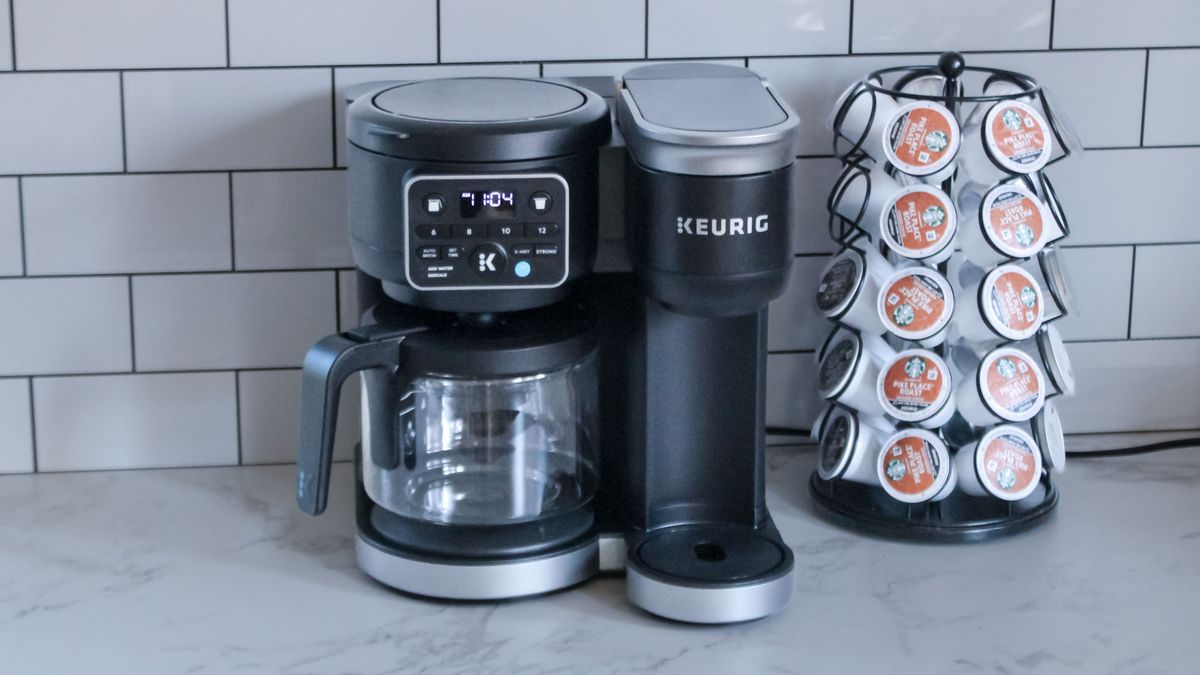The test aggregated 350 MHz of PCS, 850 MHz, AWS, CBRS and C-band spectrum in Verizon‘s 5G lab environment and ran data via Samsung virtualized RAN and the next-gen 6CC connectivity platform by, surprise, surprise, MediaTek, whose chipsets are increasingly powering popular flagship phones like the Oppo Find X8 series.
To achieve both high speeds and low latency, next-gen networks ought to run on some sort of virtualization technology so that carriers like Verizon can adapt to their customer’s varying requests in real time. This is where Samsung’s virtualized RAN and 5G Standalone core stepped it, demonstrating that the next wave of Samsung phones like those in the Galaxy S series will be able to take advantage of this rapidly evolving virtualization technology. As per the VP of Business Strategy of Samsung Electronics America:
We are thrilled to be part of this industry-leading achievement alongside Verizon and MediaTek, bringing increased performance and greater possibilities to consumer devices. As the vRAN market leader, Samsung has long been harnessing the power of virtualization and 5G to elevate networks around the globe. 5G Standalone adds exciting potential to the mix, including enhanced scalability and flexibility, helping operators like Verizon make their network vision a reality.
Alok Shah, Vice President of Strategy, Business Development and Marketing, Networks Business, January ’25
Verizon, Samsung, and MediaTek used the efficiency of carrier aggregation by putting together six separate channels of sub-6 GHz midband spectrum in order to hit the record fast 5.5 Gbps throughput, boding well for the upcoming devices by Samsung and those with MediaTek chipsets on its network that provides the widest coverage in the US.











